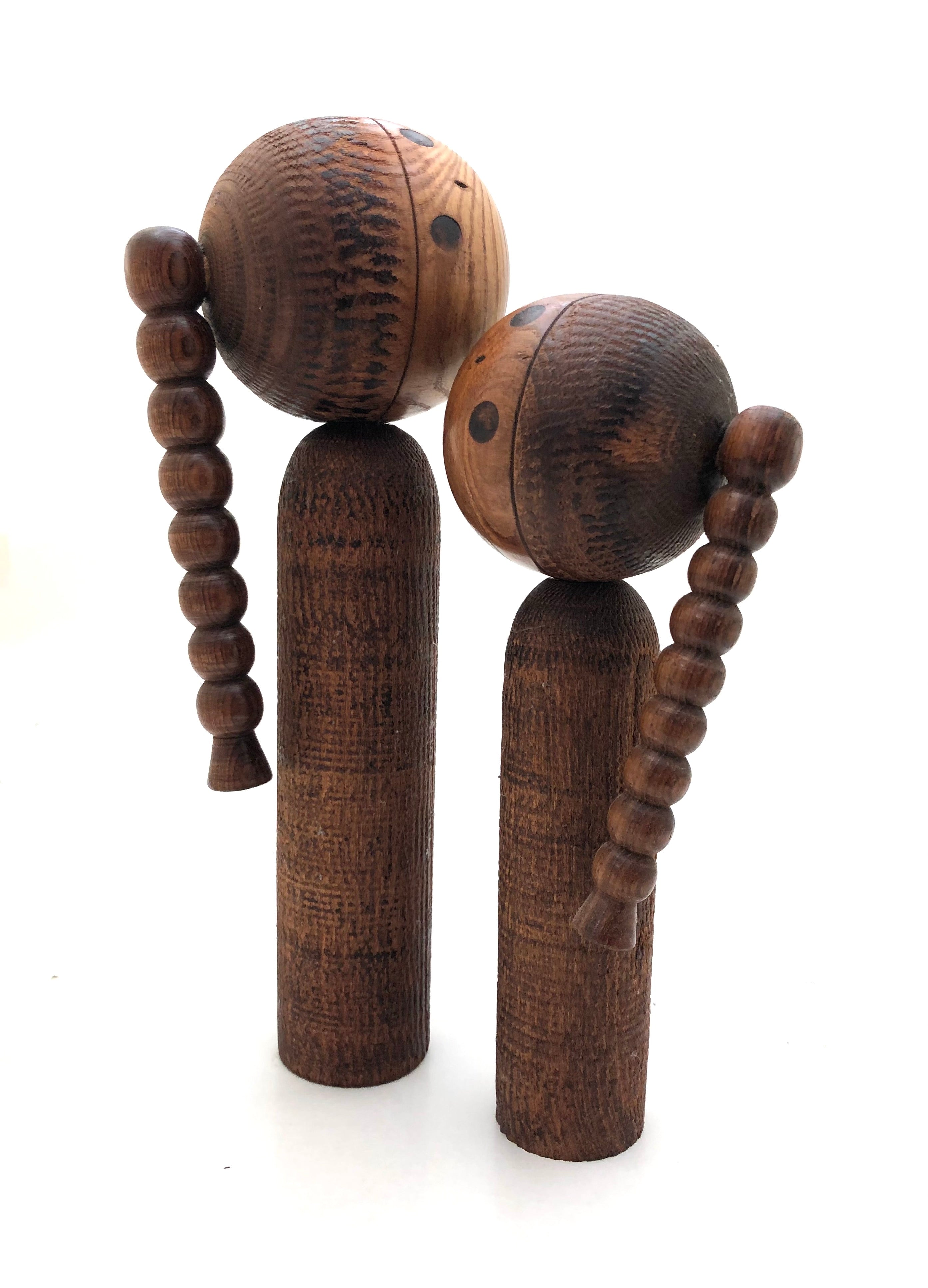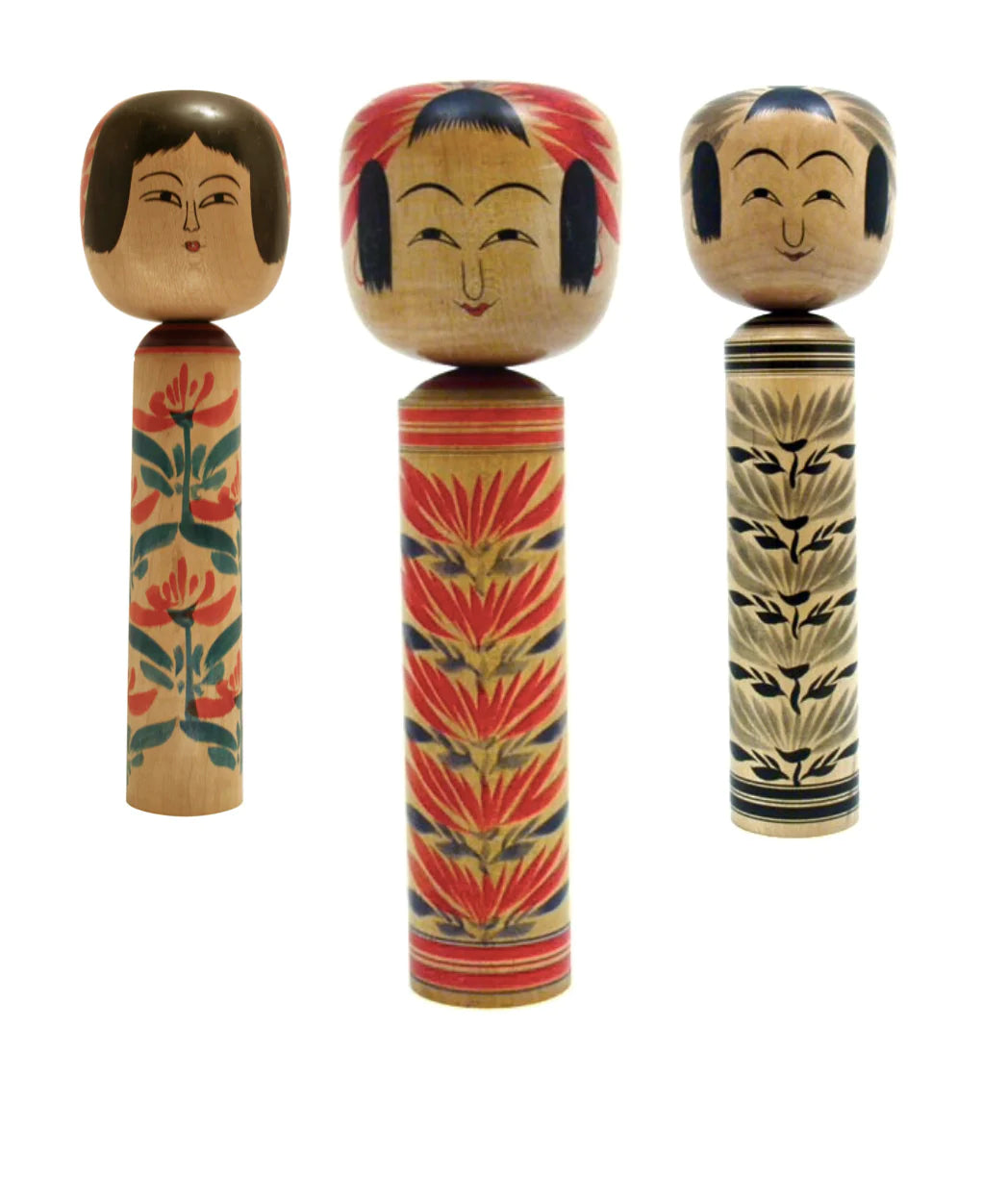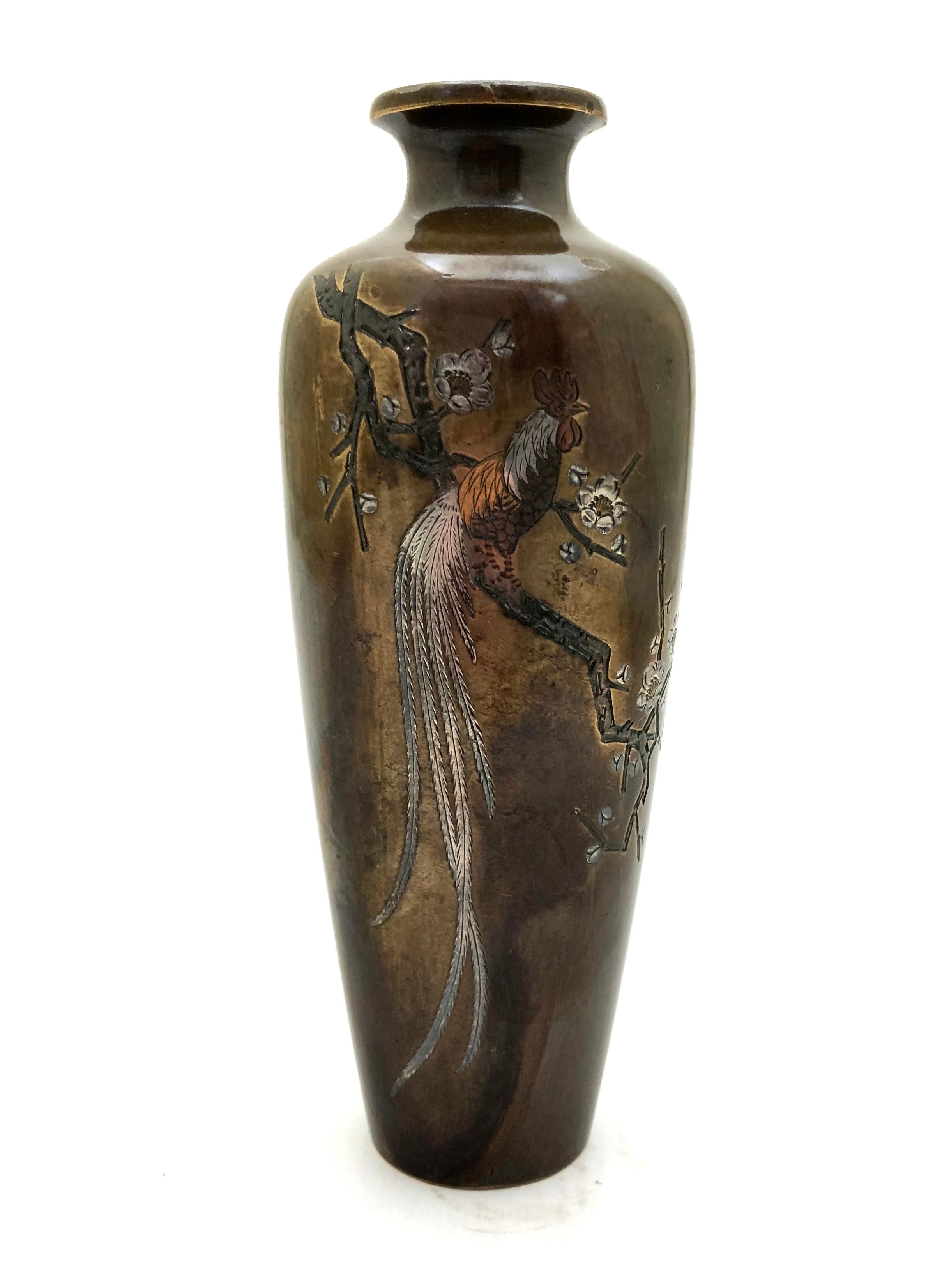

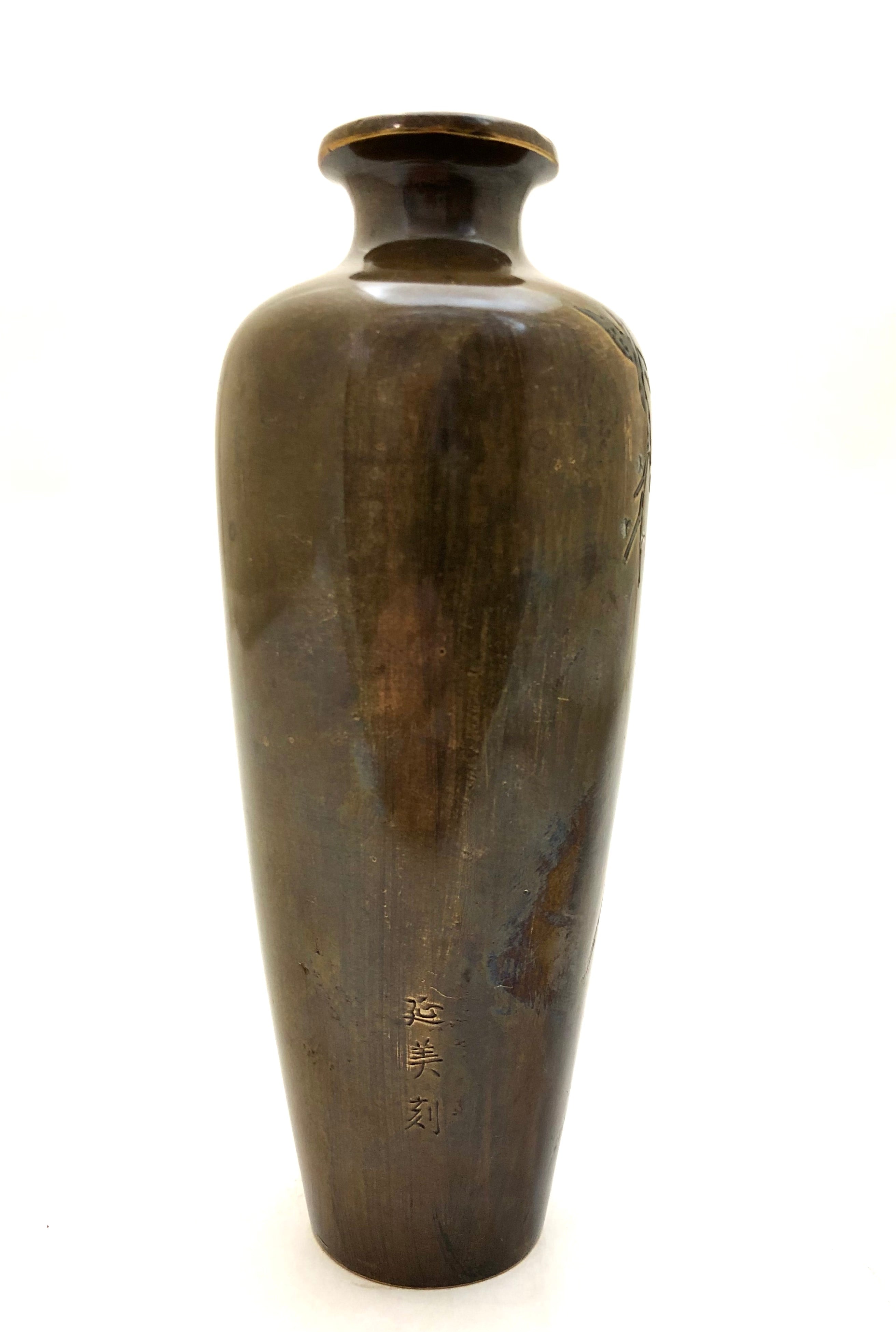
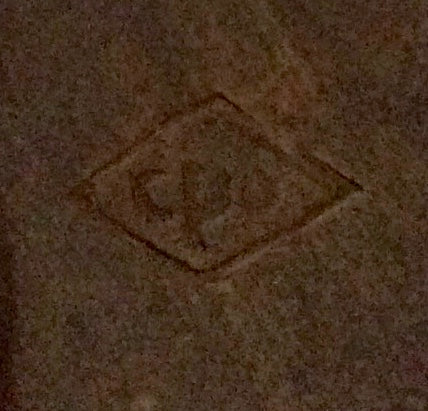
Antique Japanese Bronze and Mixed Metal Rooster Vase, Artist signed Mitsufune
All our items ship free in the US
Dimensions: 7-1/2”h x 2-3/4” dia. at the shoulders
Presented is a superb Japanese Moping shape bronze mixed metal inlay vase with rounded shoulders and flared neck. The vase depicts a handsome rooster,(Onagadori), perched on a flowering cherry branch, highlighted in silver, gold, and copper, (‘iroe takazogan’, ‘hirazogan’, and ‘shishiaibori). The longtail Onagadori, was referred to as the “Most Honorable Fowl” with many legends, stories, and tales throughout the Taisho and Showa Periods. The Onagadori is considered a rare, purebred Natural Monument to avicultural breeding and is distinctive in that the main feathers grow through the lifetime of the rooster. The bronze has a rich dark patina and is very complementary to the bright silver and copper. The vase is signed on the side in Kanji by the artist Mitsufune (engraved by Guangzhou), and the mark on the underside translated as ‘Central Purchasing Office’. This mark was used to indicate items sold during the occupation just after WWII.
Vintage Condition: Very good and quite heavy, with the inlay all-intact.Tonal variations, oxidation, and light surface wear. As is” with some minor light wear to the metal surface that does not affect the design, and retains the original craft/workmanship. Any discoloration, chipping/cracking, surface wear, or structural damage is noted.
NOTE: Metalworking techniques had, of course, been brought to Japan from China and Korea even before the arrival of Buddhism. The first technology to reach Japan was that of casting bronze. Japan was fortunate enough to be blessed with rich natural resources of metals. As a result, domestic demand could be met entirely with domestic metal right up until the nineteenth century.
Metalworking involves an extraordinarily wide variety of techniques, among them, casting, forging, chasing, damascene work, and cloisonné, and most of them are still being practiced in Kyoto today. Kyoto metal Inlay, (zogan), is the generic term for the technique of inserting pieces of one or more materials into a base material, creating patterns of silver and gold, representing a multitude of motifs treasured during the period of production.
After Japan opened its doors to the west at the end of the Meiji Restoration, (1920), and with the introduction of the Dutch East Indian Trading Company, foreigners were greatly attracted by the intricate, sumptuous beauty of Japanese metal inlay. Whereas in the past, the craftsmen had applied their techniques to sword guards, they now applied them to accessories and personal effects. The most favored designs featured landscapes, fauna, images of bamboo, tigers, Mount Fuji, Cherry Blossoms, mythological subjects such as dragons, and depiction of beautiful women. It was from this period that metal inlay produced in Kyoto became known as Kyo-zogan.
Return Policy
Our antique/vintage pieces are identified/described and professionally photographed, and considered, “as is”, therefore all sales are final. Read our full refund and return policy.


